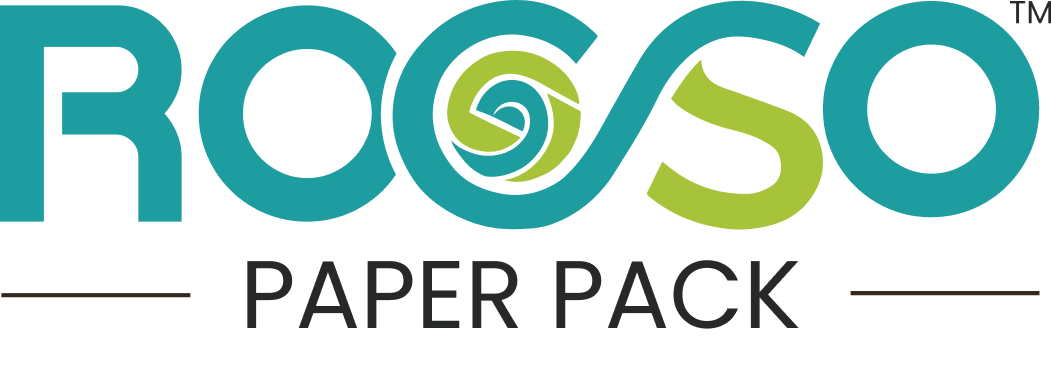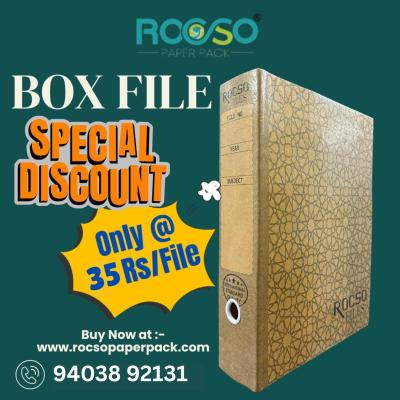CHOOSING RIGHT PACKAGING FOR YOUR BUSINESS

Packaging plays a crucial role in how your product is perceived by customers and how well it survives transportation and storage. Selecting the right packaging materials is essential for maintaining product quality, enhancing customer experience, and reinforcing your brand image. In this blog, we’ll walk you through key factors to consider when choosing packaging materials for your business.
1. Understand Your Product Requirements
The first step in selecting appropriate packaging materials is understanding the specific needs of your product. Ask yourself:
- Is the product fragile, perishable, or sensitive to moisture?
- What is the product’s size, weight, and shape?
- How long does the product need to remain in transit or storage?
These factors will help determine whether you need sturdy corrugated boxes, moisture-resistant packaging, thermal insulation, or lightweight pouches.
2. Prioritize Sustainability
Eco-friendly packaging is increasingly becoming a priority for both businesses and consumers. Choosing sustainable materials can help reduce your carbon footprint and appeal to environmentally conscious customers. Look for:
- Recyclable and biodegradable materials like kraft paper
- Compostable packaging alternatives
- Minimalist designs to reduce waste
Partnering with suppliers who prioritize sustainability is a plus.
3. Consider Branding Opportunities
Packaging is an extension of your brand identity. Creative and customized packaging can leave a lasting impression on customers. Consider:
- Using branded colors, logos, and graphics
- Adding QR codes for interactive content
- Including thank-you notes or promotional inserts
Investing in unique packaging design can enhance the unboxing experience and increase brand loyalty.
4. Assess Cost and Efficiency
Balancing quality and cost efficiency is crucial. Packaging materials should not only protect your product but also fit within your budget constraints. Consider:
- Buying materials in bulk to reduce costs
- Exploring lightweight materials to save on shipping
- Evaluating the durability and efficiency of materials to minimize product damage returns
5. Ensure Compliance with Industry Regulations
Certain industries, like food, pharmaceuticals, and hazardous materials, have strict packaging regulations. Ensure that your materials comply with:
- Food-grade certifications
- Temperature control standards
- Hazard labeling requirements
Staying compliant can protect your business from legal issues and enhance consumer trust.
6. Evaluate Packaging Performance
It’s important to test your packaging before full-scale implementation. Conduct trials to evaluate:
- Durability under different handling conditions
- Resistance to environmental factors like moisture and heat
- Customer feedback on packaging design and functionality
Iterating based on testing results will help you optimize your packaging strategy.
Conclusion
Selecting the right packaging materials for your business requires a balance between product protection, sustainability, cost-efficiency, and branding. By carefully considering your product needs and aligning packaging choices with business goals, you can create a winning packaging strategy that delights customers and supports your brand’s growth.
Start evaluating your packaging options today and watch how a well-thought-out packaging strategy can elevate your business success.


 English
English







